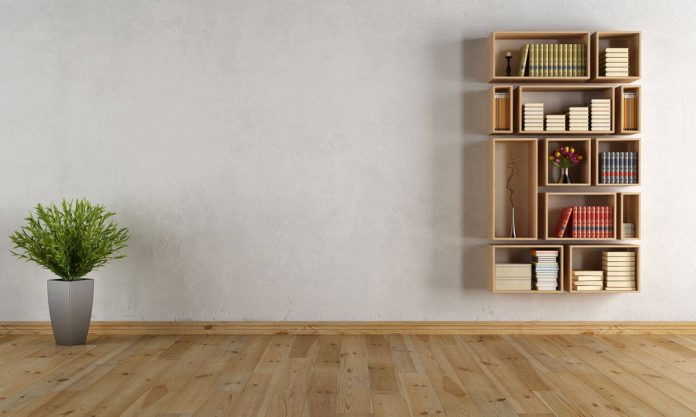Simplicity is best. There is a new approach to contemporary living that embraces the concepts of simplification, pragmatism, efficiency and durability. Milan Furniture Fair’s Trend Lab has pulled all of these concepts together and christened the result SuperNormal House.
As part of LivingScapes’ research into the megatrends affecting design, furniture and more generally the way people all over the world live, Milan Furniture Fair’s Trend Lab has detected a shift in people’s tastes and attitudes towards consumption in general, with particular regard to everyday products. Nowadays, consumers are moving towards more “normalised” aesthetics, though this should certainly not be taken to mean dull.
One of nine trends identified and analysed by Trend Lab (Cosy Home was the first), SuperNormal House’s relevance and popularity is supported by a global network of solutions, ideas, projects and products designed to «have a positive impact on quality of life, with objects and design interventions that – although seemingly minor – are undertaken to resolve problems both large and small in the most effective, practical and aesthetically satisfying way possible».
Within the wider SuperNormal House megatrend are three microtrends: Small&Smart, Low Tech and Extra-Ordinary Design.
Small&Smart – as the name would suggest – is a trend based around simple, humble objects: those little comforts that help in day-to-day life: silicone hooks to reorder and organise everyday objects (in the case of the XYW Holder designed by 250 Design), elegant cable-holder cubes from Californian brand Stacks or the highly original and practical Shoe Stool by designer Koichi Futatsumata (a stool which makes it easier for you to put on and take off their shoes while at the same time helping you take care of them with special storage ledges).
The Low Tech trend is all about taking a step back from technology. «It’s partly a case of rediscovering traditional practices and partly about adopting a responsible attitude to energy usage», states the research. The widespread use of LED lighting is certainly something that falls under this umbrella. Egloo, by young Roman designer Marco Zagari, is a low-cost way of heating specific rooms. Similarly, Lumir C is a Korean project that fuses tradition and innovation: a table lamp, it needs a traditional candle in order to be able to work. Save Food From the Fridge by Korean designer Jihyun Ryou is on the same track: it’s a shelf with built-in water tray designed to store fruit and vegetables outside of the fridge.
Extra-Ordinary Design, meanwhile, is a design style which lends a touch of the extraordinary to the most ordinary of everyday objects. Take Cos and Hay’s project, for example: a collection of coffee tables with a completely foldaway base. Or the Green Tea Table (a piece of furniture which contains everything necessary to make tea), for which Hong Kong-based studio Ziinlife! drew inspiration from the mantra “Discover the hidden beauty of ordinary life”.







